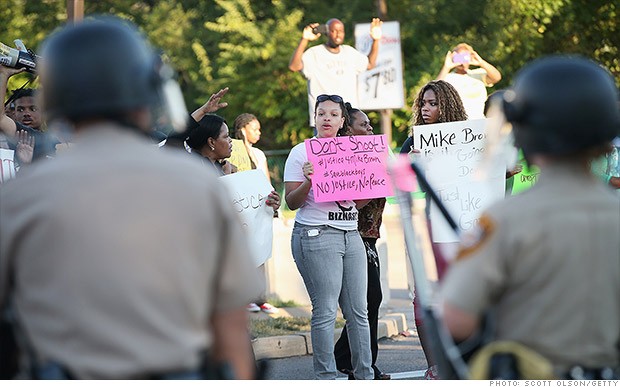A secret group got secret information about a very public matter. They formed a secret opinion, which was made public, but all of their other secrets will remain secret. Public officials herald this secrecy, noting that it shows the system works.
The shooting death of Darrius Stewart remains a mystery to most in Memphis. Few know what really happened. But members of a Memphis grand jury know. This secret group recently heard secret details of Stewart’s shooting death by Memphis Police officer Connor Schilling.
Shelby County District Attorney General Amy Weirich very publicly asked the grand jury to indict Schilling on charges of voluntary manslaughter — the intentional killing of another under adequate provocation or “in the heat of passion” — and of firing his weapon during a “dangerous felony.” The grand jury indictment would have given Weirich permission to put Schilling on public trial for the charges.
But in an instance that experts call “rare,” the grand jury denied the D.A.’s request altogether, apparently unconvinced that Schilling had done anything wrong. That was that for Schilling, as far as the Shelby County criminal justice system is concerned.
This left many in Memphis scratching their heads. Weirich must have known it would. She spent a chunk of a news conference last week explaining the basics of the grand jury system to reporters and handed out a fact sheet that called the system “one of the most important, yet least understood aspects of the criminal justice system.”
When pressed by reporters, Weirich stressed the fact that she wanted the indictment but that the grand jury is an independent body: “They don’t work for me. They don’t work for the D.A.’s office. They are selected from the community.”
But her statement isn’t enough to convince some in Memphis. Josh Spickler, the executive director of Just City, a group advocating for criminal justice reform in Memphis, said it is rare that such a case wouldn’t get an indictment, “especially when it’s a case that’s strong enough for the top elected law enforcement official in the county to ask for a particular charge.”
“It’s a whole lot to ask of us to accept that a white police officer, who [Weirich] wanted to indict, was not indicted and that you’ve done the best you can do,” Spickler said.
He called getting a grand jury indictment “routine,” and even Weirich’s handout noted grand jurors return more than 10,000 indictments a year “ranging from shoplifting to first-degree murder.”
For years, legal groups, including the American Bar Association (ABA) and the National Association of Criminal Defense Lawyers, have pushed for reform of the grand jury system.
The ABA notes that grand juries are closely guided by prosecutors, though Weirich has said case officers, not prosecutors in her office, work with grand juries. No judge oversees the proceedings, and lawyers for those under investigation play no role in the hearings, according to the ABA, “meaning that the grand jury makes its findings without hearing both sides of the case.”
“Today some legal observers fear that grand juries have become simply a tool of prosecutors and that grand jurors have lost their independence,” reads an ABA statement.
Spickler said the Shelby County grand jury system indicts a “disproportionately high percentage” of African-American men and that “99.9 percent” of the people grand juries do indict here are not police officers.
“It’s just too much,” he said. “It’s just too much to accept that the grand jury system worked [in the Stewart case].”

 St. Louis Public Radio
St. Louis Public Radio